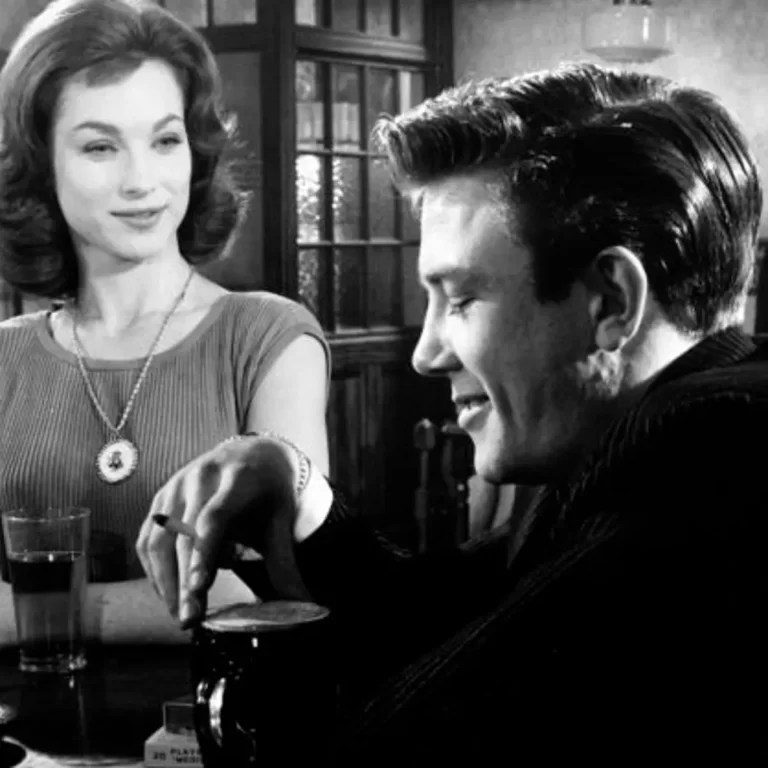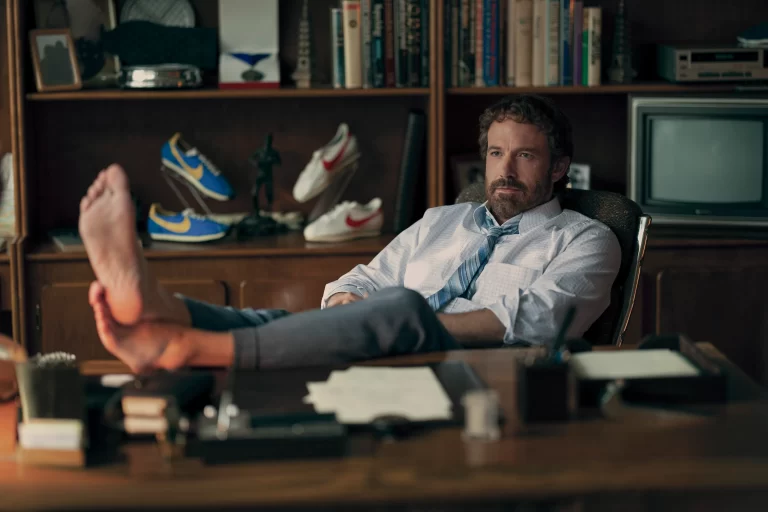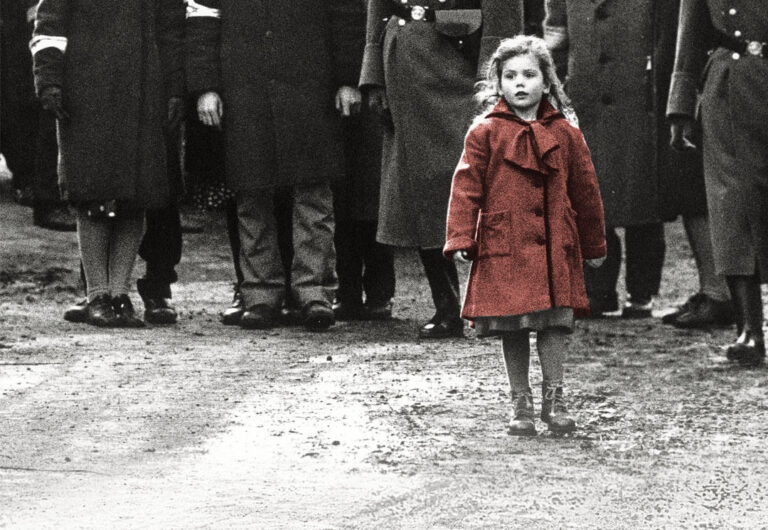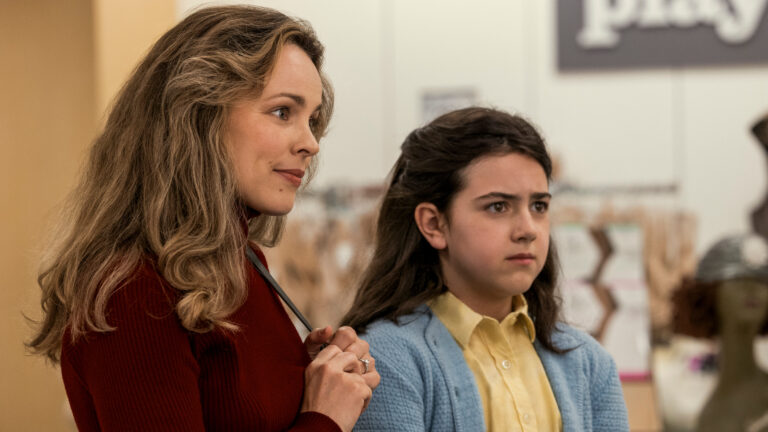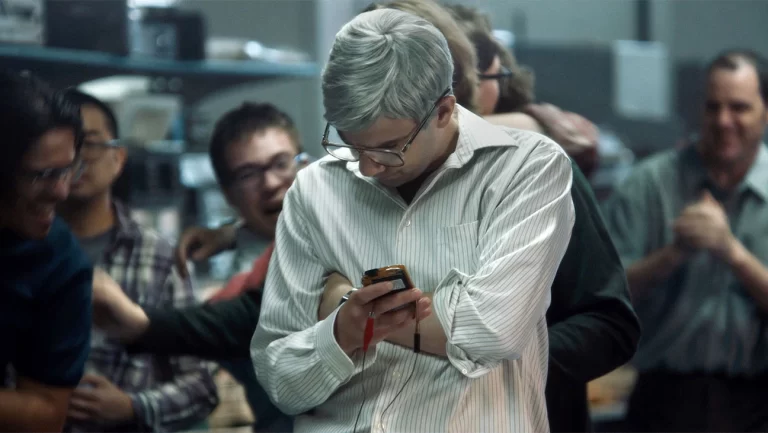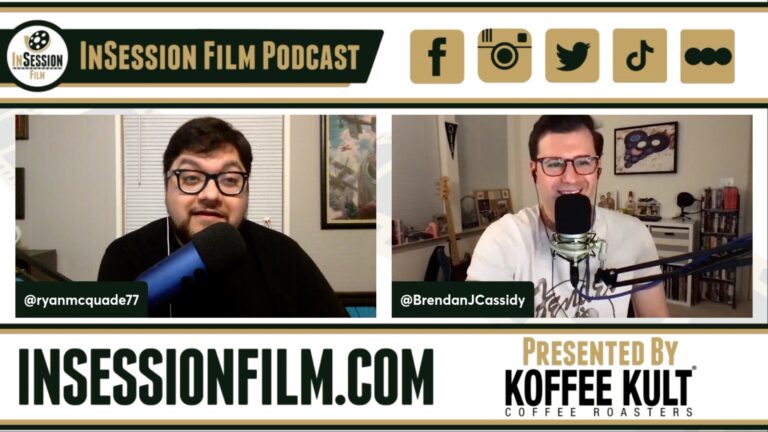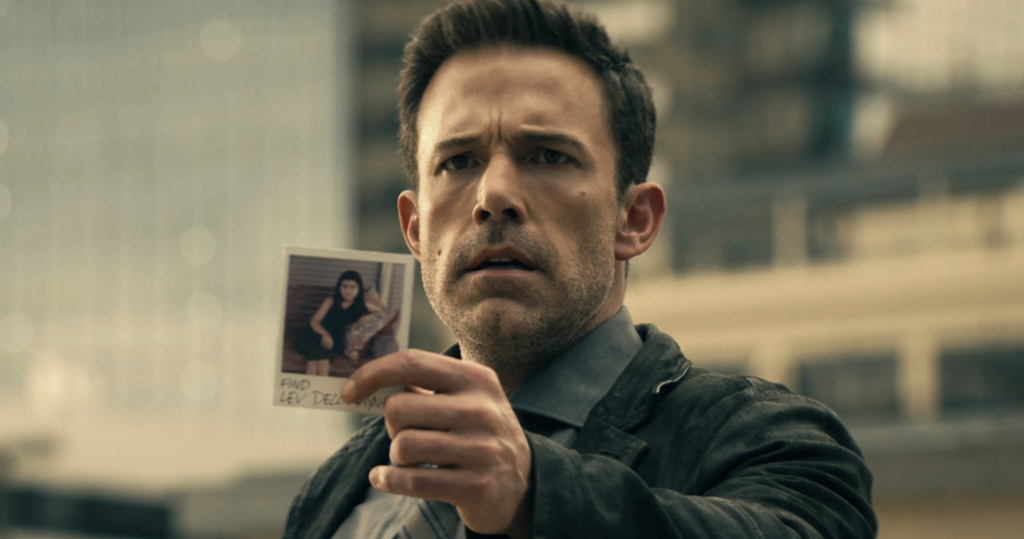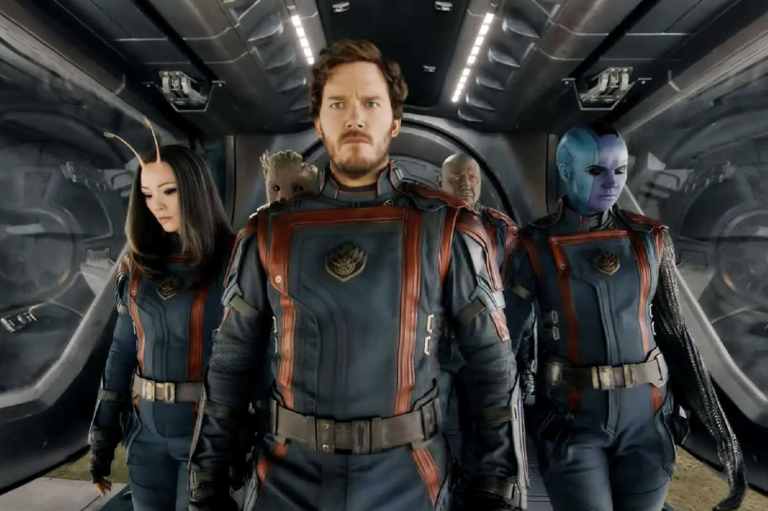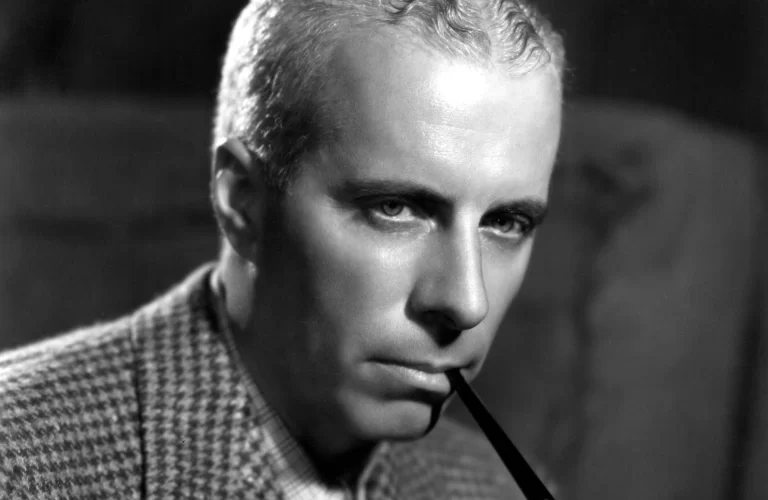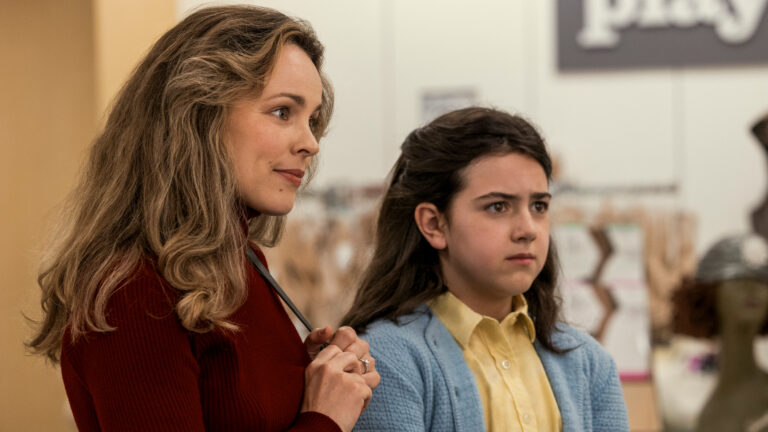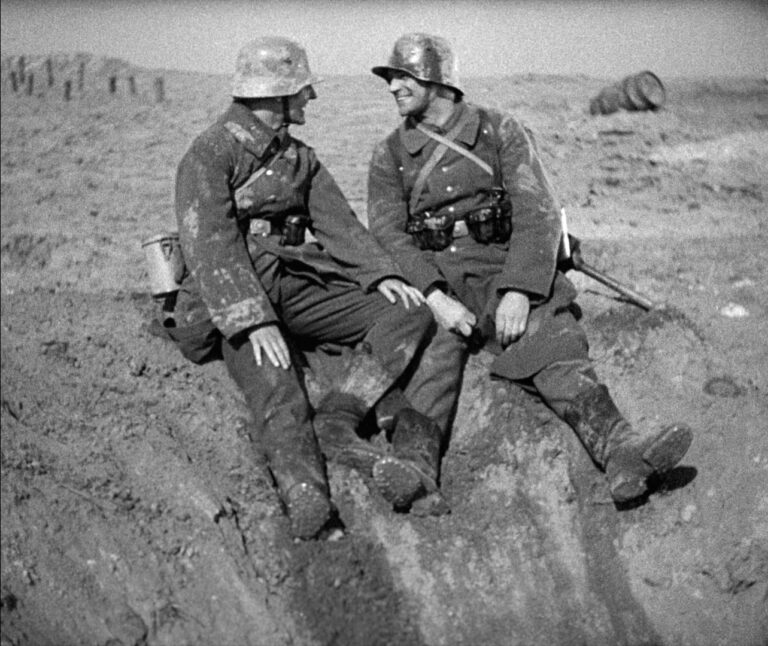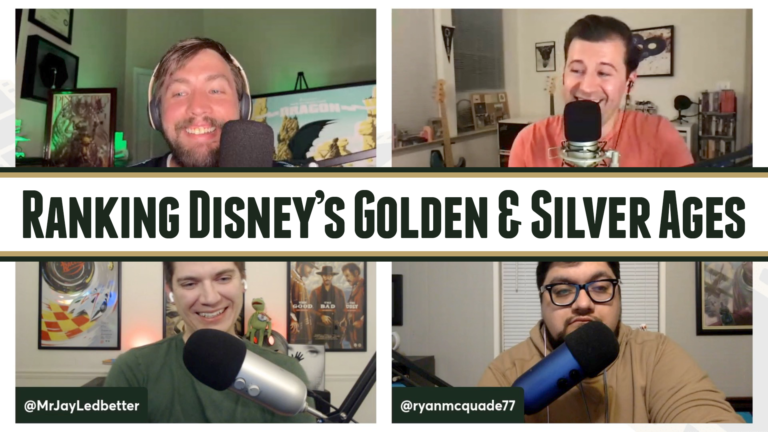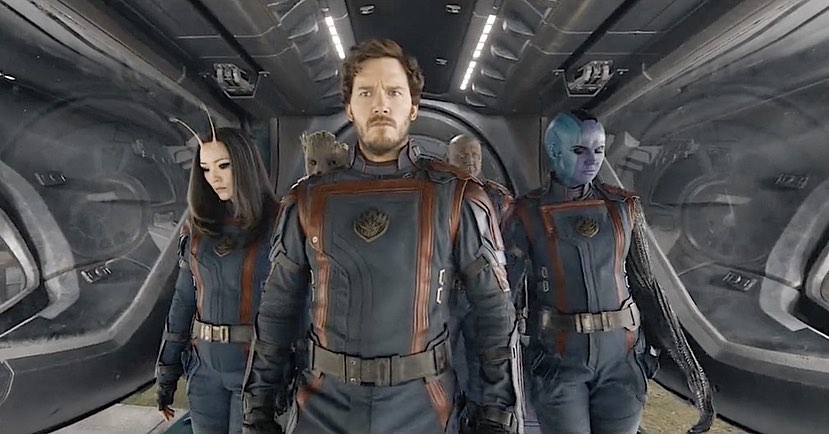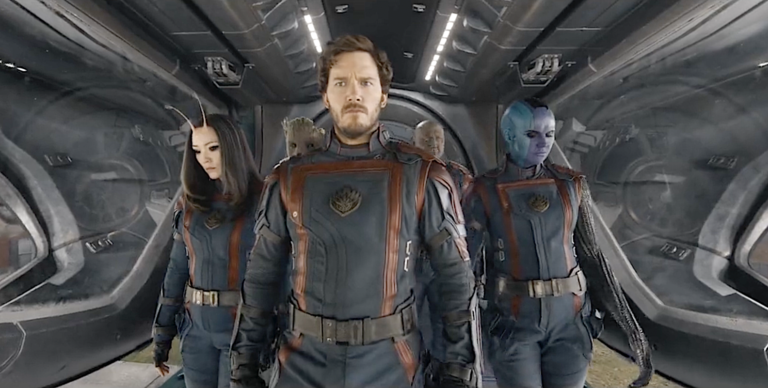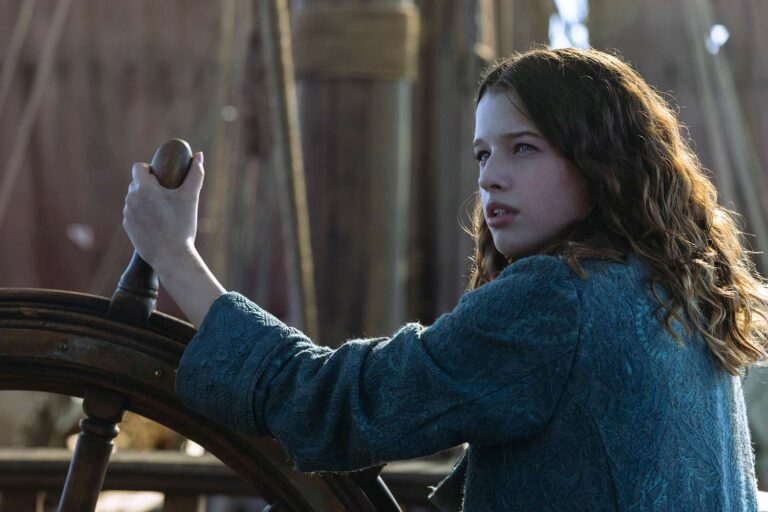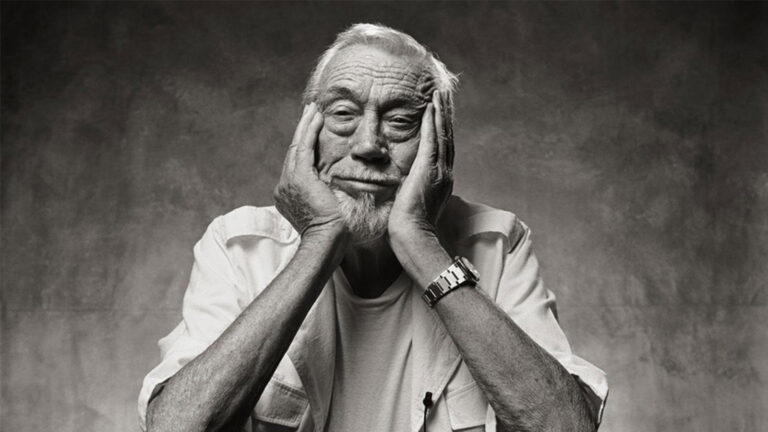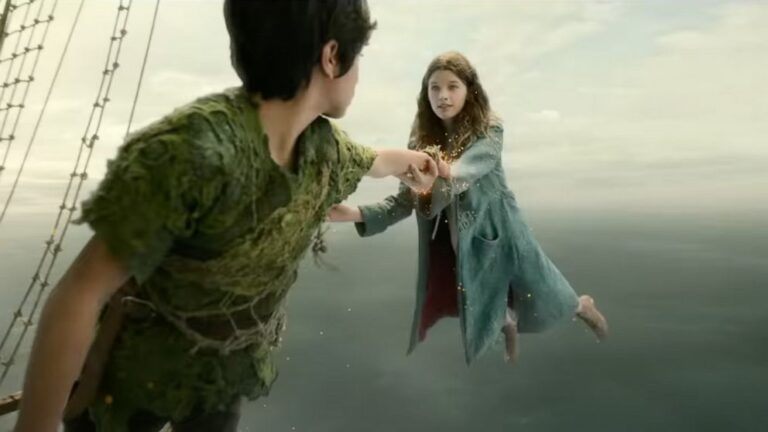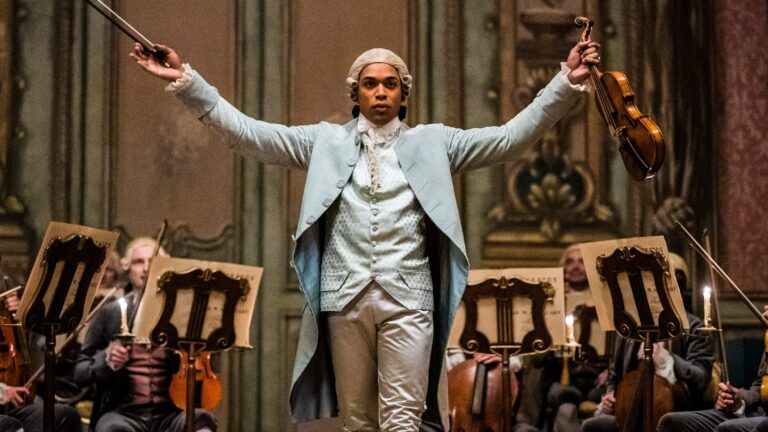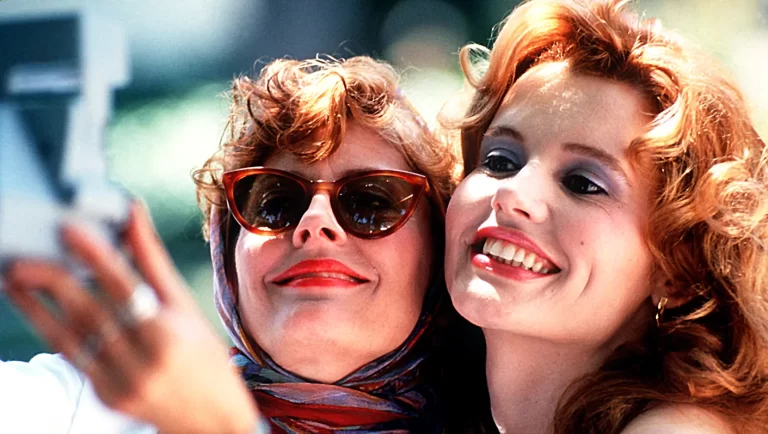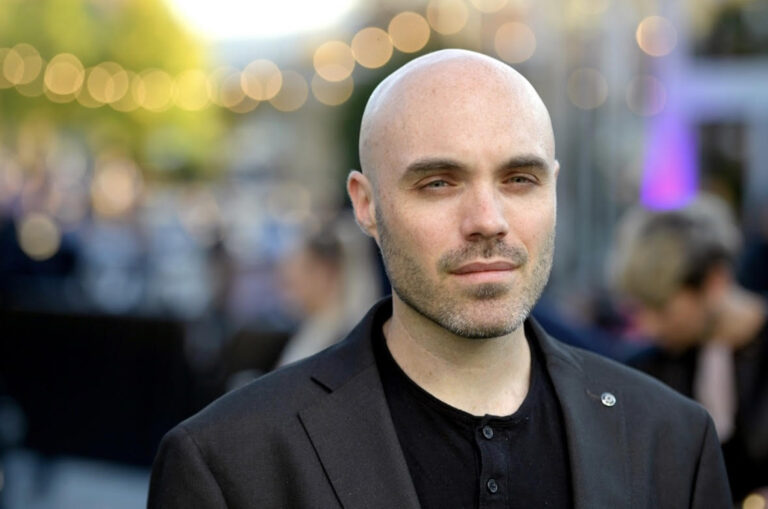The working-class communities of Britain are etched into the very foundations of the countries that structure it. These people – these salt-of-the-earth individuals – have been on a journey through wreck and ruin since time immemorial, right up until the present day. Whether it was during the smog-drenched industrial times of the 1800s, most of which spilled out into the new century, or a post-war Britain still feeling the poverty-like conditions resulting from those dark events, whatever the cause, Britain was left reeling from pain for years. The 1960s was a decade that had the hopes of the people reliant upon it; to change people’s lives for the better, and even though the “Swinging Sixties” were monumentally freeing for some, there was still a divide of classes that was hard to forget.
Film has always been a great method of escapism; saving up all those shillings (old British currency for those wondering) from working down the mines or in the factory, to spend on an exciting trip to the pictures – the saving grace for many people during that time. If they were lucky enough to afford it, that is. The question is though: how did this decade of film represent its working-class people? Well, ultimately, it produced some of the most iconic British films to date. The frustrations of angry young men – a term that was linked to the youth of the era – became the structure for the much loved ‘kitchen sink’ genre that produced undeniable realism in its portrayals.
A film that kickstarted the decade, a film that has since become one of the most iconic British films of the century, was the Karel Reisz film Saturday Night and Sunday Morning. It is such a wonderful example of the mentality of working-class youth in a small Northern town; indestructible to the world, even if this world that they exist in consists of a small prison-like settlement. There’s a saying used a lot in England: “a small-town mentality”, which perfectly depicts the mindset of many a young person who hails from such a place. In Saturday Night and Sunday Morning, the great Albert Finney’s portrayal of Arthur Seaton is the perfect representation of the angry young man who has become a prisoner of this small-town mentality.
Arthur Seaton is in his early twenties and was born into a working-class family in Nottingham, England. He works in a factory (it was either that or down the mines in those days), so he can count himself lucky, but to dull the pain of this seemingly unfulfilling life, he spends his time boozing over the weekend and courting multiple women. It’s a sad, almost ominous feeling in reality; working your fingers raw for five days a week only to spend two days in blissful solitude, while Monday slowly creeps back up before you know it – no wonder all these men were angry and bitter. Arthur is really just an amalgamation of thousands of youths from that period, but it’s how the town itself is projected that offers the greatest amount of realism. It is filled with so many hard-working individuals, most of whom are at home with this simple little life – but this film could have been set in one of several northern communities up and down the country because of how relatable it really feels. This place, and the people in it, often assume the world outside their own is not worth exploring or even noticing at least, and there’s something quite dreary and depressing about that notion of thought, one that plagues the minds of countless others to this day.
Saturday Night and Sunday Morning was just a conception piece for the decade though; the mere blueprint for any film that follows it that represented Britain’s working class. There was an enormous number of young people during the 60s that became disillusioned with a dream that would allow them to escape the monotony of this prison-like system. What was that dream we hear you ask? Well, it was to be a famous sports star of course. It was the best route of escape, a chance at stardom unless stardom went to your head, that is.
In 1963, the Lindsay Anderson-directed film This Sporting Life cranked up the stakes with its representation of the angry young man ideology. Starring Richard Harris as Frank Machin, a mine-working Yorkshireman with a knack for finding trouble where trouble is hard to find, and yet, it’s this very temper that gives him his big break with a professional rugby team. Frank is living the dream of so many young men of the time, and although an unpolished player, it’s the aggression and desire he possesses that impresses everyone around him – but when success comes, you need to walk in humility, something Frank needed to realize. His playing career isn’t equaled in his personal life; he loves a widow (Rachel Roberts) with no returned feelings, and his inner turmoil begins to affect his sporting escape route.
This Sporting Life’s gift was its efficiency in becoming hugely relatable. Like the previous film, Frank Machin is another amalgamation of so many different young men – countless times they became the victim of failure, but Frank is a representation of the ones that made it. However, there’s a darkness to the film’s realism and particularly that of Frank’s personality and the relationship he has with the other characters. The use of dialogue is key to the film’s overall representation of the class system too. Margaret (the widowed landlord and the object of Frank’s affection) often calls him a “great ape”, which could very well be deemed as a comment about his upbringing and his apparent lack of education. It’s just one example of the oppression that working-class people have been afflicted with over the years, and although it might only be words, it represents the contempt that supposed higher classes have towards their “lesser” peers.
The aforementioned films are prime examples of the kitchen sink drama that the decade became associated with, but it wasn’t limited to just that, far from it even. The 60s was a period experiencing a lot of changes, both good and bad. For all the excitement around the music and the culture, there was a damning social predicament accentuated by unemployment and housing dilemmas that led to an unprecedented increase in crime and extreme levels of uncertainty.
Ken Loach is seen by many as the king of British social realist films, and it all began in 1967 with a little film called Poor Cow starring Carol White as the unlucky titular animal, with Terrence Stamp and John Bindon in supporting roles. Poor Cow has those ‘kitchen sink’ like ideologies while also attempting to become a lot more diverse in what it was representing. White portrays Joy, a single mum living in London who must now fend for herself after her mentally and physically abusive husband Tom (John Bindon) is sent to jail. However, she soon becomes involved with Dave (Terrence Stamp), a charming criminal associate of Tom’s who swoons Joy and her young son Johnny and tempts them with an idyllic life of love and potential security. As a side note, if you’ve ever seen the Steven Soderbergh film The Limey (1999), footage from Poor Cow was used for the flashbacks of Terrence Stamp’s character – it’s an interesting approach to creating a 30-year character arc at least.
There are aspects in this film that echo through the rest of Loach’s eclectic filmography; the working-class environment and the aggressive men that are birthed from a violent and unforgiving climate. Domestic violence has established itself as a scourge on society for as long as time allows, but it’s inside the seemingly simple lives of the working class where it caused irreparable damage. Poor Cow explores the repercussions of such problems and how one person can have a frightening hold on a person’s psyche: a never-ending plague on those seemingly simple-looking households that are staples in community life.
Although Poor Cow was criticized for feeling false, or in the words of The Monthly Film Bulletin, a “superficial, slightly patronizing incursion into the nether realms of social realism,” a slightly harsh evaluation of a now iconic film it feels, its use (or overuse) of documentary-like footage offers an authentic take on the working-class community in which it is set. There’s a simplicity to it that shines out amongst the rest, whether it’s the neighbors or the characters that give the local public house the charm it deserves, they are all techniques and concepts that have stuck with Loach and his films every step of the way.
To us British, all three films evoke a sense of simplistic symbolism to those that watch them. They were the template for the genre of British social realism to evolve over the decades and take on even more meaning, but still, these examples remain as significant as ever. The working class way of life has undertaken many changes in this country over the years; affected by politics, changed through culture, and cultivated through oppression, but the core values remain the same, and cinema was always there to represent it in so many diverse ways.



